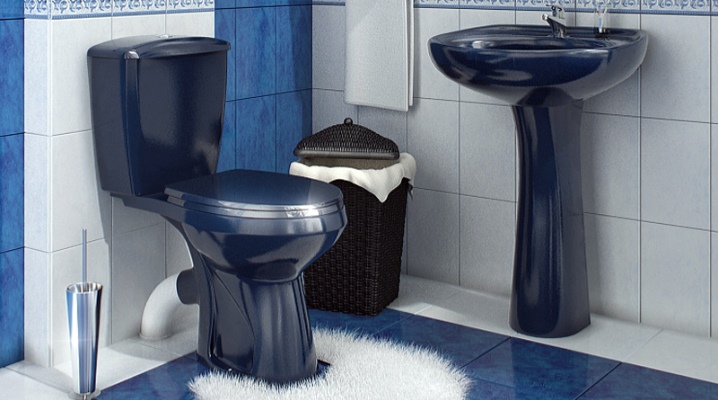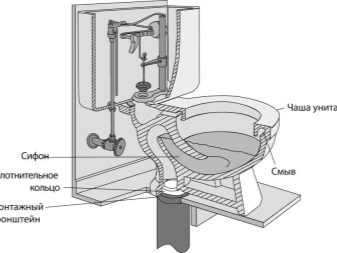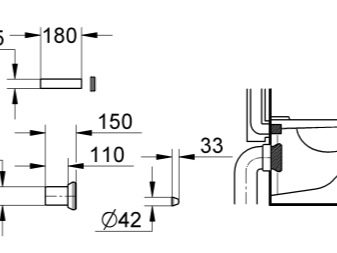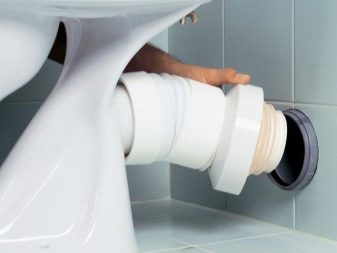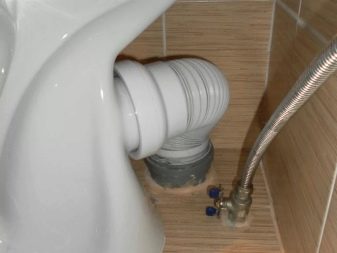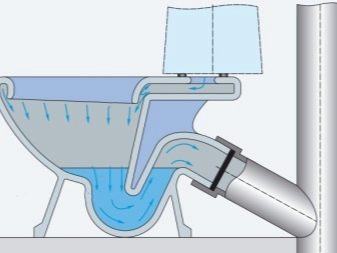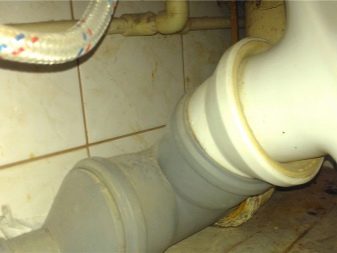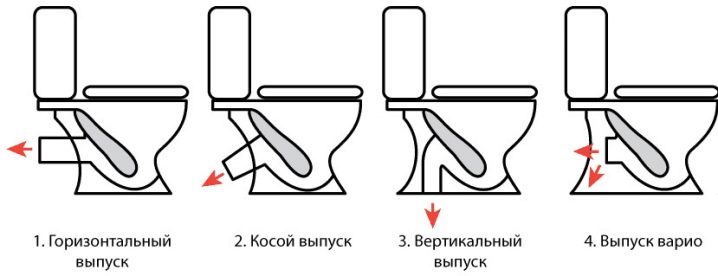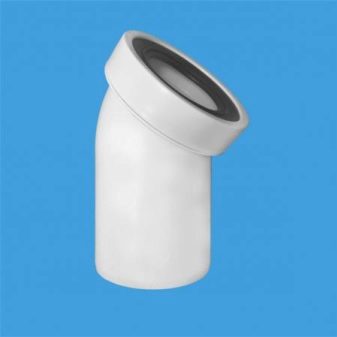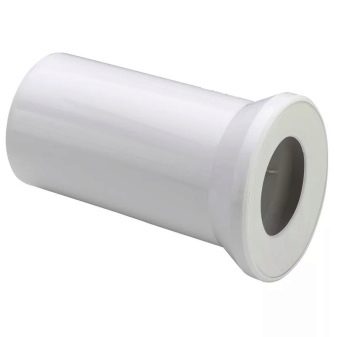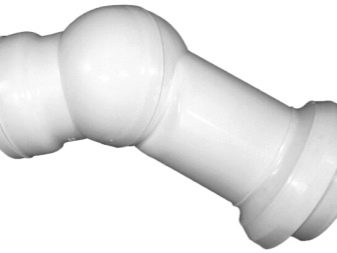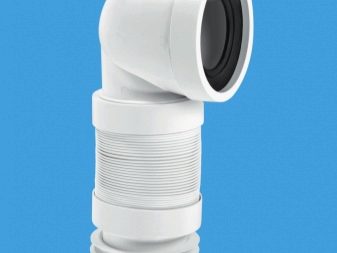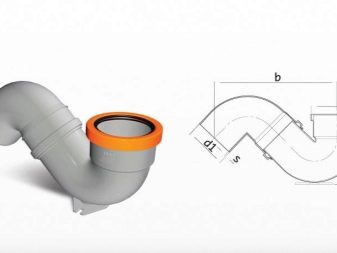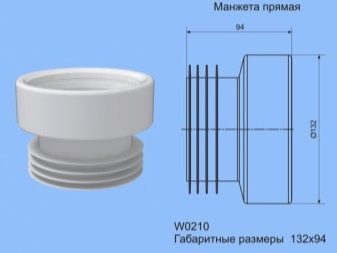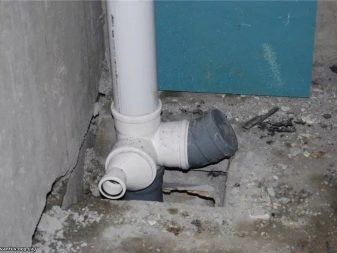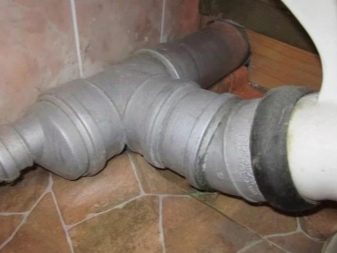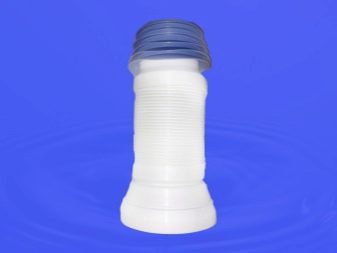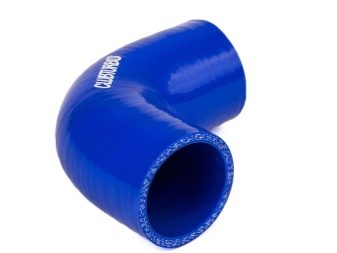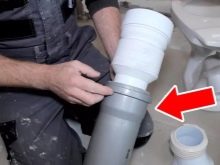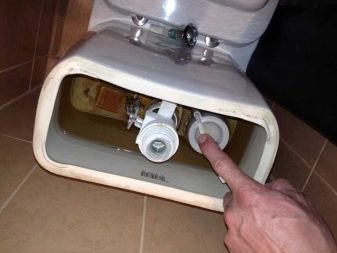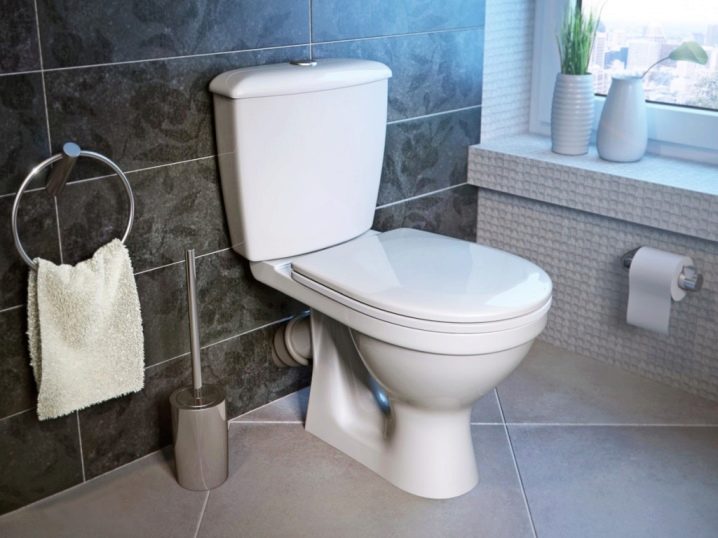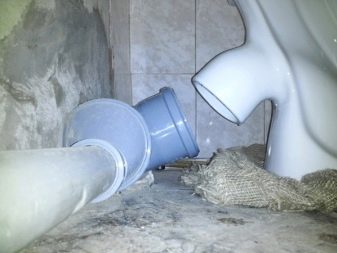How to choose and install a toilet siphon?
A bathroom is an integral part of any housing, be it an apartment or a private house. Almost everyone is faced with the need to replace the siphon when repairing or buying a new one during construction. Often, sellers and buyers mistakenly consider as a siphon a flexible corrugated pipe through which drains fall into the sewage system. Plumbing means by the term "siphon" a hydraulic valve that prevents the ingress of gases from the sewer into the room. It can be said that all toilet bowls are siphon. We will consider exactly the option correctly called the toilet outlet.
Types of toilet bowls
Toilets can be classified according to different parameters, for example, according to the type of water discharge from the floor-standing toilet.
- With horizontal release. They are located parallel to the floor at a height of 18 centimeters.A slight slope is not excluded, but only upwards as it flows down. This is the most common layout in Europe and the CIS.
- With vertical release. This option is perpendicular to the floor. The sewer pipe in such a case should be strictly vertical. This layout is used mainly in the USA and Canada. In Russia, such a release is common in Stalin-built houses, which have not yet reached the turn of overhaul.
- With oblique release. This option involves the inclination of the sewer pipe, to which the connection will take place, at an angle relative to the floor of 15-30 degrees. This is the most common option for Russia. It is very rare to find imported sanitary ware with such parameters.
- With the release of vario. It is also called universal. We can say that this is a type of toilet with a horizontal outlet, only with an important feature. It is much shorter, so you can use any type of siphon (pipe). This is one of the most popular variations of release from the toilet.
Before buying a toilet, you need to pay attention to the entrance to the sewer for the possibility of subsequent optimal location of plumbing.
Vertical release can not be combined with a horizontal or oblique connection, in turn, for an oblique entrance it is better to choose a toilet with a similar or universal outlet.
Types of siphons
Branch pipes can be divided into several types based on their design.
- Not curving. This is a hard siphon, which is used only in cases where the difference between the exit of the toilet bowl and the entrance to the sewer system is no more than ten degrees. Such connections are straight or curved. To select this option, you need to install the toilet on the intended installation location and measure the distance and angle of the toilet outlet with respect to the entrance to the sewer.
- Not curved with offset eccentric. Thanks to him, you can connect the toilet and sewer pipe with a difference inlet-outlet up to two centimeters.
- Swivel. Such type of siphons is suitable for toilet bowls with an oblique conclusion. They can turn up to fifteen degrees. This is the most expensive version of the siphon.
- Corrugated nozzles. The cheapest and most common option. It is considered universal. With it you can connect the toilet and sewer pipe almost at any angle.This option has a significant drawback: due to the corrugated surface, it can accumulate deposits. Plumbers are advised to use it only if it is not possible to install another version of the siphon. It can not be repaired in case of breakage - just replace it.
Siphon device
All nozzles, without exception, have an elastic cuff, which is put on the release of the toilet bowl. Its purpose is to provide a tight connection of the siphon and toilet bowl. It also allows you to change the angle of the nozzle in relation to the toilet by shifting it.
There are additional cuffs without siphons that can be attached to the existing ones. In this case, the angle of inclination of the input-output will be greater.
There is one more type of cuffs - they are used when the outlet openings of the toilet bowl and the entrance of the sewer are in the same plane. In this case, you can do without the siphon.
This is ideal for vertical and horizontal circuits.
Manufacturing material
There are two types of siphons for toilet bowls - plastic and cast iron. The latter almost fell out of use, they were driven out of the market by a cheaper and more functional analogue of plastic.
How to install
Consider the process of installing a siphon on the example of corrugated.
For this you will need:
- sealant;
- linen fabric;
- nozzle.
The first step will be the location of the toilet. It must be placed on the intended place of operation and secured to the floor. The inside of the outlet from the toilet should be flat and clean. If there are residues of cement, they must be carefully removed, avoiding damage to the socket, then you need to wipe the surface with a dry cloth. The same actions are necessary for carrying out with a sewer entrance.
The second stage of the cuff is corrugated and put on the release. The rubber seal takes the same form as you let it go. After you need to attach the corrugation at the entrance of the sewer pipe.
The third step is to seal the connections. The outlet from the toilet and the sewer entrance is treated with sealant. This is done in order to prevent leakage and not allow odors from the sewage to enter the room.
It may happen that the sewer pipe is not made of a modern polymer with a diameter of 11 centimeters, but still Soviet, cast iron. This can be found in the old houses of Soviet construction.In order to install a siphon in a cast iron pipe, it will need to be wound with tarred fibrous material, for example, flax.
If desired, you can use silicone sealant, but before that you will need to clean the inner surface of the cast-iron pipe. This is done for better adhesion of the surface with the sealant and to prevent leaks and gas from entering the sewer system.
The last step is to adjust and adjust the water supply to the toilet bowl.
Tips for choosing and care
With the choice of siphon for the toilet you can cope on your own, but if in doubt, do not neglect the help of consultants.
To find the best option, you need to know:
- distance from the exit of the toilet to the sewer entrance;
- diameter of the exit-entrance;
- the location of the sewer entrance relative to the toilet outlet.
Particular attention should be paid to the thickness of the pipe. The larger it is, the longer the siphon will last.
It is better to give preference to import manufacturers from the Czech Republic, England and Italy. Despite the high price, replacement for such a port may be required only after 10-15 years.
The signal to replace the nozzle can be the discovery that it is flowing.
Many wonder how to flush the siphon with a blockage. In this case, you can buy a special tool in the store, but you should not use too aggressive chemicals, as they can destroy plastic.
On how to properly connect the toilet to the sewer, see below.
